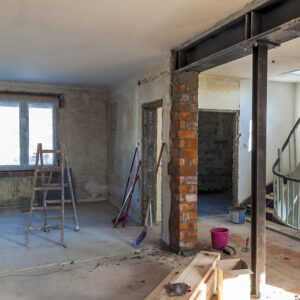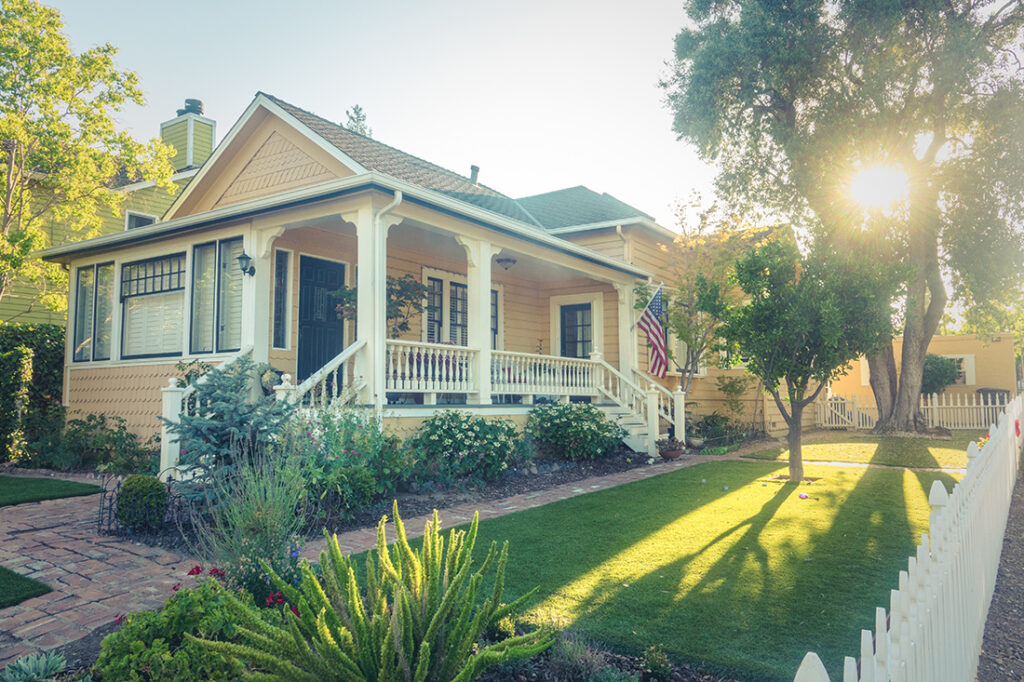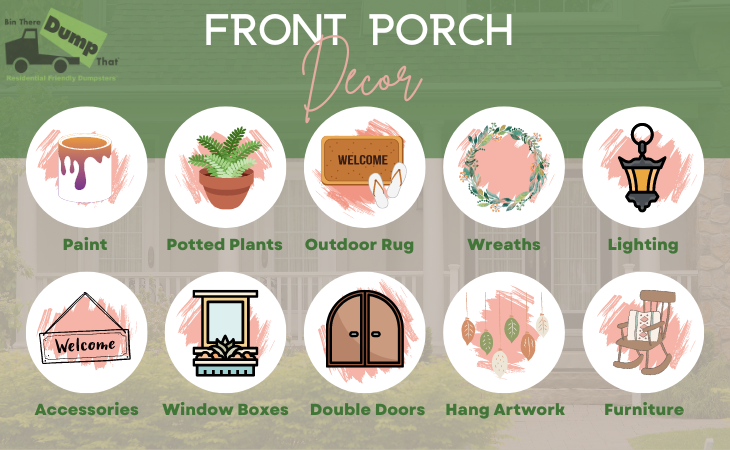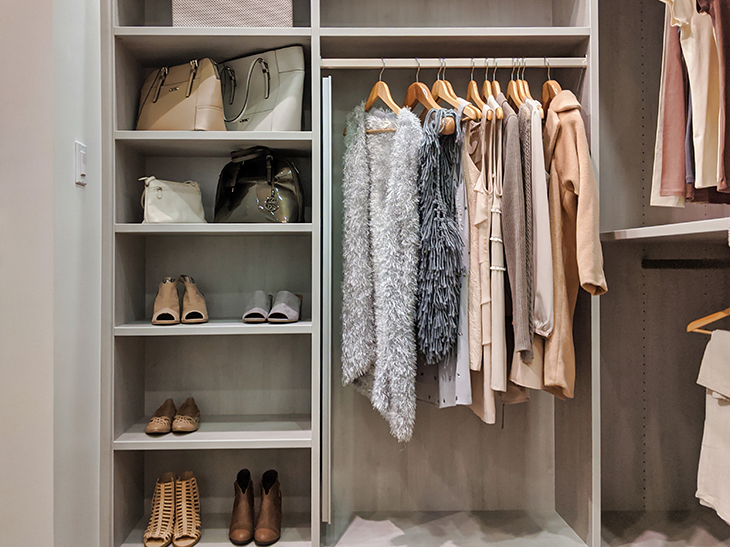If you had to choose between old and new construction, it’s a no brainer. Both old and new homes offer unique advantages, from the modern features of new builds to the timeless appeal and craftsmanship of older properties.
You love homes with a story to tell. The character you can only get from decades or even centuries of life taking place within their walls. Older homes often showcase distinctive architectural styles and architectural individuality, such as Victorian, Colonial, or Tudor designs, setting them apart from modern, cookie-cutter houses.
The crown molding left over from when home builders took more pride in their work.
The original dark cherry wood flooring kept in perfect condition all these years.
And every creek in the staircase echoing the thousands of footsteps it’s fought against, all contributing to the old world comfort these homes provide.
If you’re considering buying an older home please use our checklist to make sure you end up with the home of your dreams, not nightmares.
Are Older Homes Built Better?
Like with anything, it depends. But the fact that an old house has stood the test of time is usually a good sign.
Older houses that used poor construction techniques and materials are often demolished and turned into something new. The building methods and building materials used in houses built in different eras play a major role in how long they last and how well they withstand the elements.
So the old homes that stick around often prove that they really don’t make them like they used to. Changes in home construction over time, including improvements in materials and standards, have influenced the durability and safety of a house built in each period.
Better Materials
It’s not unusual for older homes to contain materials that would be way out of your price range today or maybe not available at all. Older materials, such as those found in historic homes, can contribute to both the unique charm and increased maintenance needs of the property.
Old growth wood is some of the strongest material to build a home out of. It comes from large trees that grew undisturbed, making their wood dense and heavy.
Most old growth trees are endangered now so even if you have the cash it can be hard to get your hand on some. The shade and privacy they create for your home is invaluable.
Additionally, mature vegetation often found in the yards of older homes adds to their curb appeal and overall value.
Building and Construction Quality
When it comes to building and construction quality, there’s often a significant difference between old houses and new houses. Many older homes were constructed with quality materials and a level of craftsmanship that’s hard to find in today’s fast-paced home building industry. Think of sturdy brick homes with solid foundations, intricate woodwork, and details that have truly stood the test of time. These houses were built to last, and their longevity is a testament to the construction quality of the era.
On the other hand, new houses benefit from updated building codes and modern techniques, but the quality can vary widely depending on the builder and the materials chosen. While some new homes are built with durability in mind, others may cut corners to save on costs, resulting in less robust construction. It’s also worth noting that many older homes have been lovingly renovated over the years, blending original charm with modern updates for improved durability and comfort.
However, buyers should be aware that some old houses were built with materials now known to be hazardous, such as lead based paint, which the federal government banned in 1978. If you’re considering a home built prior to this date, it’s important to check for these materials and factor in the cost of safe removal or remediation. Ultimately, whether you’re drawn to the enduring quality of older homes or the fresh appeal of new houses, understanding the construction quality is key to making a smart investment.
Energy Efficiency and Sustainability
Energy efficiency is a top priority for many homeowners today, and it’s an area where old houses can sometimes fall short compared to new houses. Older homes were often built before energy efficiency was a major concern, which means they may have drafty windows, less insulation, and higher utility costs. However, that doesn’t mean you can’t make an old house energy efficient. Simple upgrades like adding insulation, installing dual pane windows, and choosing energy-efficient appliances can make a big difference in both comfort and monthly bills.
Sustainability is another growing trend in home ownership, and old houses offer unique opportunities here as well. Many old houses were constructed with natural materials like wood and stone, which are often more sustainable than the steel and concrete used in some modern homes. Plus, it’s entirely possible to retrofit an old house with renewable energy sources such as solar panels, further reducing your carbon footprint and utility costs.
For those passionate about green living, renovating an old house with eco-friendly materials and systems can be a rewarding project. Not only does it preserve the character and charm of the home, but it also brings it up to modern standards of energy efficiency and sustainability. Whether you’re looking to save on utility costs or reduce your environmental impact, there are plenty of ways to make an old house a smart, energy efficient choice.
Safety and Regulations
Safety and regulations are crucial considerations when buying any house, but especially when it comes to old houses. Many older homes were built before current building codes were established, which means they might not meet today’s safety standards. Issues like faulty plumbing, sloping floors, or poorly insulated walls are not uncommon and can pose risks if not addressed. In some cases, these problems can also make old houses more vulnerable to natural disasters, such as earthquakes or hurricanes.
Fortunately, many historic homes have been updated over the years to include modern safety features like central air, updated electrical systems, and reinforced structures. Still, it’s essential to have a thorough inspection by a qualified professional who understands the unique challenges of older homes. They can help you identify any potential hazards and estimate the cost of bringing the house up to code.
For those interested in preserving historic homes, the National Park Service offers valuable guidance on maintaining safety and integrity while respecting the home’s original character. Whether you’re buying a charming Victorian or a stately Colonial, understanding the safety and regulatory requirements will help ensure your old house is both beautiful and secure for years to come.
The Pros of Buying an Old House
Location
Older homes are often in the best parts of town. Because cities tend to grow outward you can find some of the largest older homes close to downtown. A newer condo or townhouse in the area can be of comparable price but with much less yard space and square footage.
Mature landscaping is a common feature of older homes, enhancing curb appeal and property value.
Older homes, especially in suburban areas, were built large to entice city dwellers and make up for the commute.
As the suburbs grow developers worry less about attracting new homeowners and more about maximizing the number of units on their land. This trend leads to close quarter living, smaller outdoor spaces, and less mature vegetation in newer developments.
Buying an Old House Checklist
Antique homes are beautiful, spacious, and exude an old world charm you just can’t get with new construction.
But buyer beware. Older homes can have lots of unique, obscure, and downright strange problems to deal with.
Before plopping down your down payment on that old Victorian, use our buying an old house checklist to cover anything your inspector may have missed.
- Asbestos: This is by far 1 of the biggest health threats in older homes. Often if it’s still in good condition, most pros will recommend leaving it in peace. Asbestos doesn’t become dangerous until it’s airborne. Brittle, damaged asbestos will have to be removed immediately. Keep in mind this can cost thousands depending on how much there is and how hard it will be to remove.
- Lead Paint: Just like asbestos, lead paint is harmless until it gets in the air. It’s also expensive to remove.
- Foundation Problems: Older homes often have foundation problems. The structure a house rests on is called its sill plate. The entire weight of the house rests on this plate which can weaken from water or termite damage.
- Faulty Wiring: Never, please repeat, never buy a home with wiring issues. Almost all homes built before 1950 used a system known as knot and tube wiring. This method is so unsafe most insurance companies will refuse to cover you.
- Faulty wiring is so dangerous because an electrical fire can smolder inside your walls for a long time before bursting into flames.
- Plumbing Failures: Older homes are at higher risk for plumbing failures due to outdated pipes and materials. Always inspect for leaks, corrosion, or water damage that could lead to costly repairs or structural issues.
When considering an older home, be aware that maintenance costs are typically higher than with new construction. Older properties often come with delayed major maintenance costs, such as roof replacement or HVAC upgrades, which can add up over time. In contrast, newer homes usually offer lower maintenance and less maintenance overall, thanks to up-to-date systems and materials, making them more cost-effective in the long run.
Buyers should also review the home’s purchase history and, if available, its long purchase history to assess appreciation trends and make informed investment decisions. Understanding how the property has changed hands and its value over time can help you evaluate its future potential.
If you are considering historical homes, keep in mind these properties may come with unique benefits, such as cultural significance and architectural details, but also additional considerations like preservation requirements and oversight by historical organizations.
Ready to Buy That Old House?
Did the house you’re thinking of making an offer on making the cut?
Great! Bin There Dump That can help you with the tail end of the next step: remodeling.
When house buying, it’s important to consider that homes built to current standards often have a higher resale value and lower insurance costs, making them attractive options for future investment.
Sure you love the classic feel of your vintage home but it’s going to need some modern updates to keep up with your lifestyle.
We’ve already answered the question, are older homes built better? They are. But that doesn’t mean you can’t improve on them.
Remodeling an older home comes with many benefits, such as increasing its resale value, reducing maintenance costs, and improving energy efficiency.
Remodeling is stressful enough. Between the noise, mess, and delays, the last thing you want to do is figure out how to get all your construction debris to the landfill. You may need a construction dumpster rental for all that waste.
We take care of everything for you. All you have to do is fill up your dumpster and we take care of the rest.
No waiting like you have to do when you use the city’s dumpsters. You can have any size dumpster at your door within 24 hours.
And unlike other dumpster rental companies, we care about your property as much as you do. That’s why we always lay down wood boards to prevent any scuffs or scrapes from messing up your pristine driveway.
So what are you waiting for? That beautiful old house isn’t going to clean itself.



